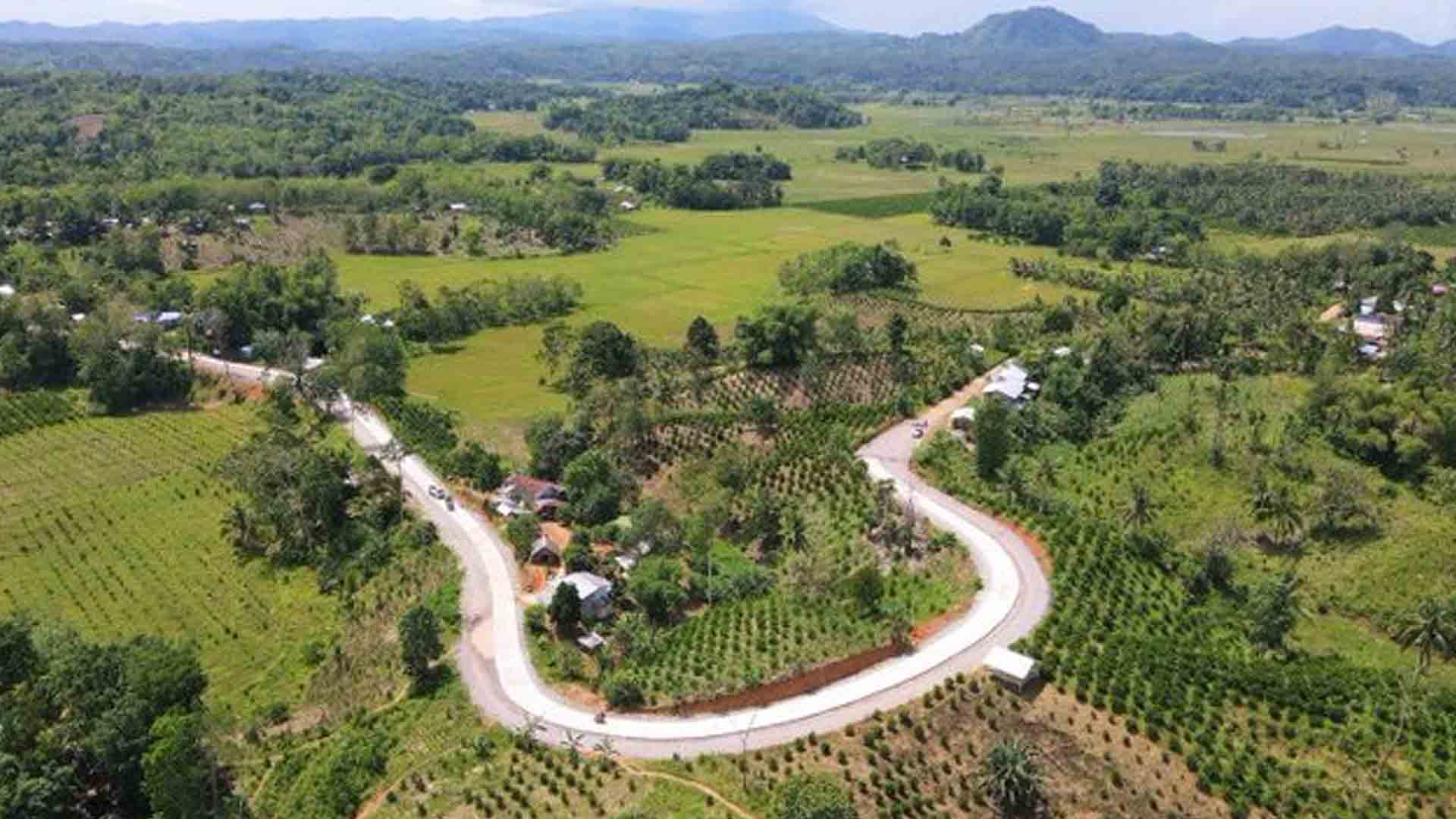Infrastructure projects are undoubtedly one of the hallmarks of the Duterte administration that will conclude in a month.
The Duterte government delivered what it promised five years ago, according to the report of Department of Public Works and Highways (DPWH) acting Secretary Roger Mercado at the Duterte Legacy Summit held at the Philippine International Convention Center in Pasay City on Monday.
President Rodrigo Duterte made the commitment on July 24, 2017 during his State of the Nation Address and massive infrastructure projects have since become synonymous with the government.
“Build, Build, Build” (BBB) chief implementer Undersecretary Emil Sadain delivered the report of Mercado.
“We will make the next few years the golden age of infrastructure in the Philippines to enhance our mobility and connectivity, and thereby spur development growth. In other words, we are going to build, build and build,” according to the DPWH report.
The BBB program was undertaken with an understanding that economic activities cannot be conducted efficiently without adequate infrastructure.
“The fundamental objective of the ‘Build, Build, Build’ program is to invest adequately in infrastructure to support and sustain the country’s growing economic activities represented by its Gross Domestic Product,” Sadain said.
All projects provided 6.5 million jobs to Filipinos from 2016 to 2020.
Projects
Among the completed projects are the final section of TPLEX (Tarlac–Pangasinan–La Union Expressway), Plaridel By-Pass Road Phase II, NLEX (North Luzon Expressway) Harbor Link Segment 10 and C3-10 Section, Skyway Stage 3, and Alabang-Sucat Skyway Extension.
Notable accomplishments for the road sector are the completed road sections of Central Luzon Link Expressway, Cavite Laguna Expressway, and Manila Cavite Toll Expressway.
The DPWH said the country’s highways and expressways were expanded to pave the way for regional development and eventually decongest highly urbanized areas, which include the construction of Davao City-By-pass Road Project featuring the country’s longest road mountain tunnel that is still under construction.
“One game-changing projects of DPWH is the Luzon Spine Expressway Network Program. Once these projects are completed, travel time from Ilocos to Bicol will be reduced from 20 hours to 9 hours,” he added.
Bridges, roads
Three major projects under the Metro Manila Logistics Improvement program were completed, namely the Estrella-Pantaleon Bridge, Bonifacio Global City-Ortigas Center Link Road Project, and the recently completed Binondo-Intramuros Bridge.
The Inter-Island Linkage/Mega Bridge Program will provide linkages among the various islands of the country through the construction of short and long span bridges.
DPWH is also fast-tracking the construction of Panguil Bay Bridge that will connect Tangub, Misamis Occidental and Tubod, Lanao del Norte and detailed engineering design of various mega bridges.
Under the Duterte administration, 40,080 kilometers (km) of roads were constructed, maintained, widened, upgraded, and rehabilitated, among them 3,101-km tourism roads; 999-km completed roads leading to industries and trade corridors; 573-km access roads that will enhance linkages toward seaports, airports, and railway stations to further augment the logistics, transport, and economic activities in these key transport hubs; and 2,712-km completed farm-to-market roads.
There were 6,854 bridges constructed, widened, upgraded, rehabilitated, and strengthened.
Infrastructures provided basic social services, like 259 projects under the Center and Residential Care Facility program of the Department of Social Welfare and Development; 245 projects that will enhance the capability and readiness of the military and police; 157,383 classrooms and 2,315 school workshop buildings; 302 evacuation centers; 7,369 projects under the Health Facilities Enhancement Program; 901 facilities equivalent to 33,236-bed capacity in We Heal As One Centers in response to Covid-19.
Other projects
With the impact of climate change and increasing frequencies on flooding, the government pursued projects that expanded protected flood-prone areas across the country.
As of March, 13,917 flood control projects have been completed.
There is also the National Broadband Program (NBP) that will provide faster, efficient, and equitable broadband connectivity nationwide, including in geographically isolated and disadvantaged areas.
The overall accomplishment rate of Phase 1 of the NBP is 73.5 percent as of March.
The Free Wi-Fi for All program, as mandated by Republic Act 10929 or the Free Internet Access in Public Places Act, signed by the President Duterte in 2017, established 7,977 operational Wi-Fi sites in public areas nationwide.
Ports
Under water transport, ports were upgraded and modernized, including access roads to ensure reliable inter-island shipping and connectivity.
The capacities of existing airports were improved and new airports were constructed to improve the country’s air connectivity.
As of March, 579 commercial and social tourism ports were completed and 248 airport projects were completed.
Rail networks were expanded by developing new lines and efforts were made to ensure that all rail projects will be interconnected both physically and operationally. (PNA)







